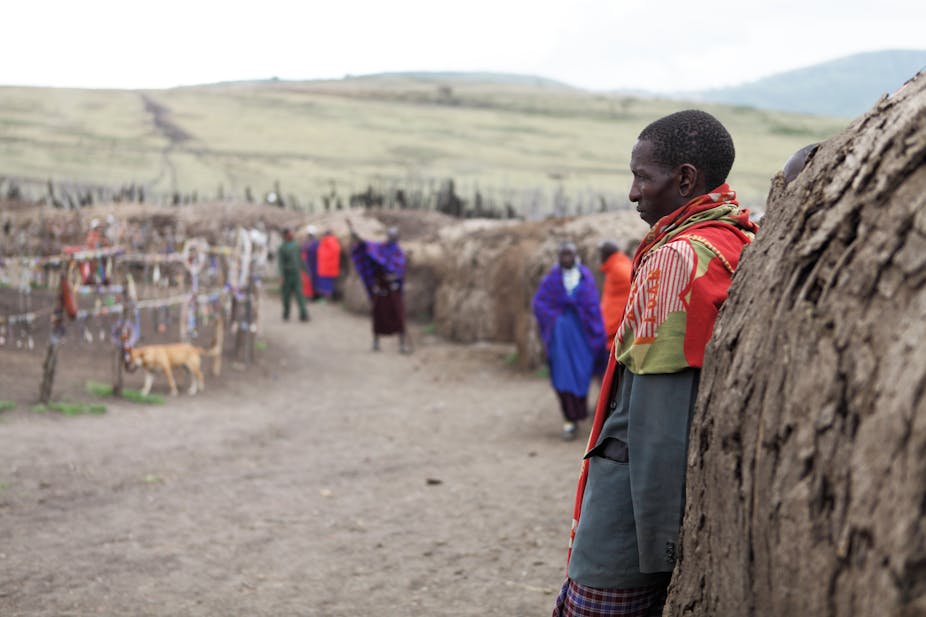Loss of biodiversity is one of the major global concerns of our time. According to four recently released scientific reports biodiversity – the essential variety of life forms on Earth – is declining in every region of the world.
Kenya is one of the countries grappling with this problem. Over the past 30 years wildlife tourism has been a major way in which Kenyans have “used” their wildlife to fund conservation and development. But while tourism contributes significantly to the country’s economy, communities who share their lands with wildlife continue to live in poverty. They also bear the brunt of human-wildlife conflict including the loss of life, injuries from attacks and loss of property.
It’s against this backdrop that Kenya’s Minister for Tourism and Wildlife recently established a task force to look into how wildlife can be used in a way that works for both people and wildlife.
The task force will, among other things, evaluate options like game farming and game ranching in community and private lands. It will also evaluate how these approaches could contribute to the national Gross Domestic Product (GDP), food security, job creation and livelihood support, with a view of creating co-existence between communities and wildlife.
In a significant deviation from past practice, Kenya’s current wildlife law places wildlife conservation on equal footing with other land use types, like crop and livestock farming. This means it provides for both consumptive and non-consumptive use rights.
Consumptive uses are generally considered to be those in which wildlife is killed for commercial use and sale or for food. An example is the slaughter and sale of game meat at local restaurants. Following concerns from conservation circles, however, the government announced that it doesn’t intend to reintroduce game hunting in Kenya.
Non-consumptive use generally refers to the wildlife being watched, studied or recorded. Examples include tourism or the production and sale of wildlife documentaries.
The task force could change conservation strategies in Kenya for the better. It promises the involvement of all stakeholders – including communities that live with wildlife – in deciding how wildlife can be used. About 65% of Kenya’s wildlife lives in community and private lands yet, historically, the involvement of communities has been limited. This is especially true when it comes to making decisions on wildlife. When they are included it has largely been representational and top-down.
Community voice
Wildlife conservation in Kenya is currently based on a variety of conservation models which involve the state, non-state actors and in some cases a mix of both. The models include, but are not limited to, state run national parks and reserves, community conservancies and privately owned wildlife ranches or conservancies.
Most of these conservation models draw revenue from tourism. However, community conservancies in Kenya are largely donor funded. This puts their sustainability into question.
Private ranches are privately run while national parks are run by the state. Communities have no authority to make decisions in either model.
In the case of community oriented conservation, there are at least 119 conservancies – comprising community, group and private conservancies – in Kenya. While some of these have benefits for communities, like rent payments for use of their land, research shows that patronage is a real concern. Though they are intended to decentralise decision making, reforms often occur only on paper and instead the top-down approach to conservation remains dominant. This undercuts the very essence of community participation.
And yet communities who live with wildlife face continuous threats to their lives, property and livelihoods. If they incur losses to wildlife they are rarely compensated by the government. It’s obvious that they should play a key role when it comes to decisions on wildlife and conservation.
Task force opportunities
The establishment of the task force could make this happen. It provides Kenyans with an important opportunity to take part in making decisions about the country’s conservation policies.
For better results, I would advise against representational participation in which representatives of communities are chosen and transported to a city hotel and community views solicited from them by experts. Instead, there should be direct participation and engagement with community members through interviews or focus group discussions held at the grassroots level. This would afford communities a fair shot at genuinely participating in the process of making decisions about what works for them and the wildlife.
This approach could also create jobs, for example field assistants or translator positions, for young and educated members of the respective communities. These would be a great benefit, even if the jobs are short-term because the task force won’t be in place forever.
At a higher level, the task force offers Kenyans the opportunity to have a national conversation about how to make wildlife conservation work for both people and wildlife. Significantly, it offers Kenyans a chance to engage in what I consider a difficult but long overdue conversation.
Across the world, getting the conservation development balance right is still largely a work in progress. Ultimately, the best way to rein in biodiversity loss is to make conservation work for both people and wildlife. Kenya’s new wildlife task force is a step in the right direction.

